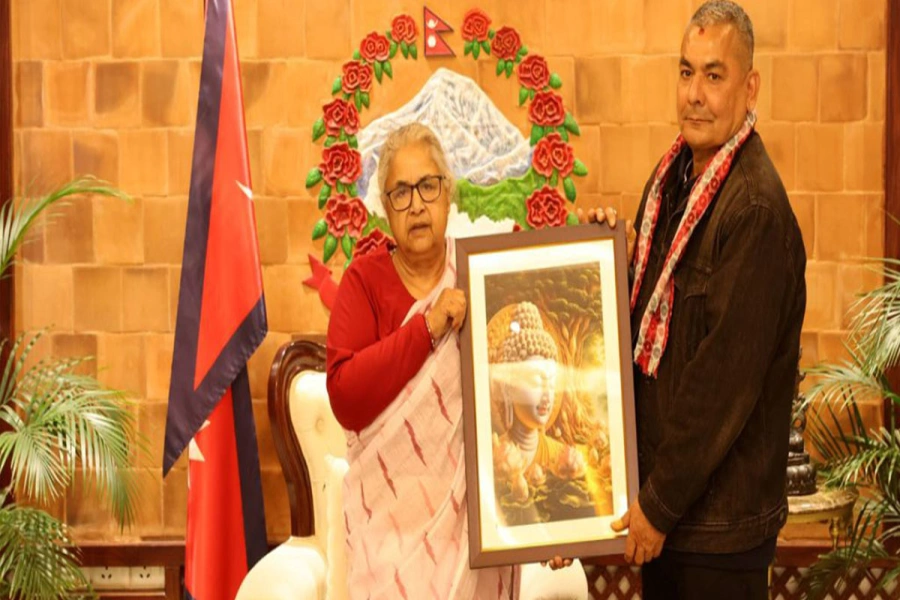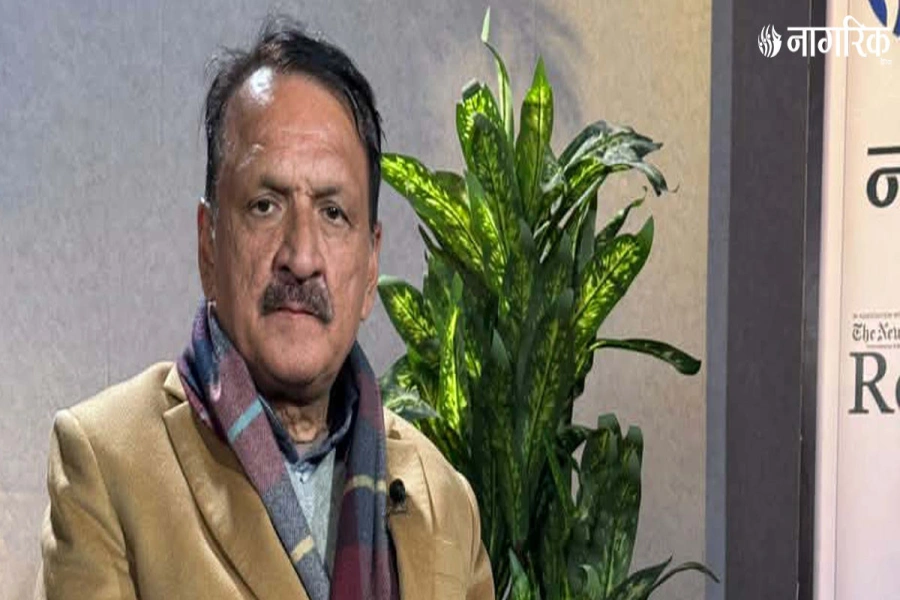The venture started in 1998 when Prajwol Shrestha took some handicrafts from Nepal to Hanover, Germany, and sold them online through eBay. The only motive behind selling those goods was to earn some extra bucks to afford a quality living in Germany as a student. However, after his graduation, things changed. The handicrafts were greatly appreciated and gradually the demand increased in the international market. Due to this, he decided to continue the same export-business on a larger scale and established a small, cottage enterprise, NepaCrafts. Today, the company is home to many marginalized local artisans and the creations are sold across the globe.
NepaCrafts is known for manufacturing and exporting Nepal-Tibet arts, fashion accessories and wide varieties of handicrafts such as metal items, woolen products, incense, prayer flags, singing bowls, and many more. All these products are handmade and eco-friendly as well. With these products, the company aims to bridge the gap between artisans, and the local and international market.
“Nepali handicrafts are in high demand aboard. Fortunately, we also have many qualified local artisans here to meet the orders. But not all of them have received opportunities to showcase their skills. So, through NepaCrafts we want to give these artisans a platform to present their creations and better their living standard,” says Shrestha.
Govt crafting laws by bypassing parliament raises concern

Among the group of marginalized community hired by NepaCrafts, 80% of the workers are women. Shrestha mentions this policy is a way to contribute to women empowerment in Nepal. While launching the products in the market, the company does not go via any middlemen like dealers or distributors. Instead, they put their artisans and producers first so that they are paid directly by the customers. This way, NepaCrafts is able to give a huge chunk of payment directly to the artisans as per their skills making the women from the allies of Kathmandu confident, self-sufficient, and economically stable.
Despite their own manufacturing industry, the enterprise also buys several products from other sources. For instance, the company today exports more than 500 varieties of incense sticks. Monks at different monasteries in Kathmandu make these incense sticks. Similarly, the woolen goods such as gloves and warmers are knitted by women who are interested in earning a little extra cash. The company then introduces these products in the market. But before launching, it goes through several tests to ensure good quality and craftsmanship as well as run a check on the raw materials used.
“No matter what the products are, while selecting them, we are our own worst critics. We want things that are of best quality, appealing, interesting, and something that is worth paying money for. The ones that don’t meet our standards are sent back to the makers,” says Shrestha further adding that this assures their clients that whatever they are buying are all safe and worth their money.
Furthermore, NepaCrafts also helps people of small cottage industries customize their own brand name. Their skilled team of graphic designers, and label and box printers prepares all the necessary items for such nameless businesses to thrive and survive for a longer period in the market with a certain label in their products. Once the brand name is set, the products are then publicized in the official sites of NepaCrafts. One can select and order those goods online. The delivery is made after the confirmation of payment through reputed courier and cargo services that are available globally.
Shrestha shares that, so far, the venture is doing quite well in the international market but simultaneously laments the fact that only a few Nepali customers are actively buying their products. He further explains that is so because customers here find the products to be a bit expensive than those that are imported from the neighboring countries.
“It takes a lot of hard work and time to prepare handmade products. And those imported ones are prepared in bulk using machines. Due to this, the prices differ. But if one is to understand all that goes into making them, then even the tagged price might look low,” he adds. However, they are trying to meet the demands of customers in Nepal as well.
Currently, 10% of the profit goes towards school fees of children who can’t afford it, and they also provide certain funds to elderly homes time and again but their primary motive is to help artisans of Nepal thrive and better their livelihoods.




































